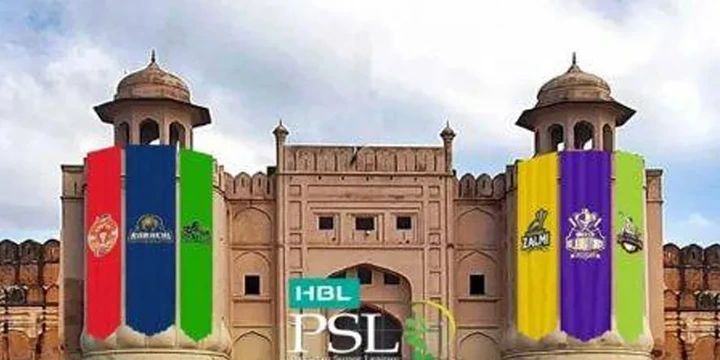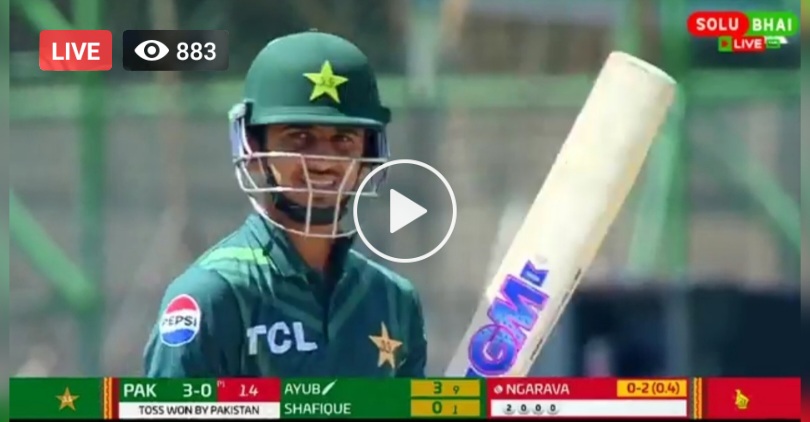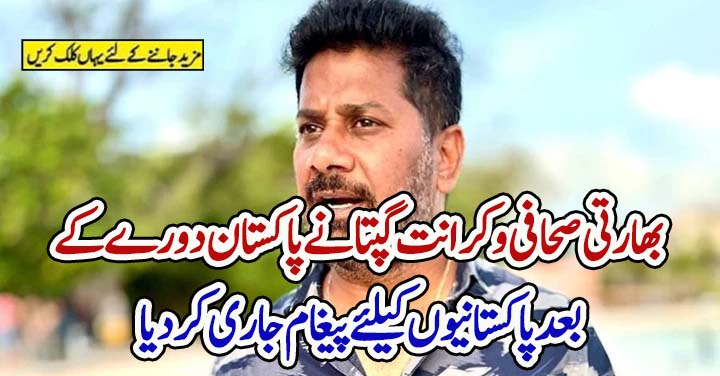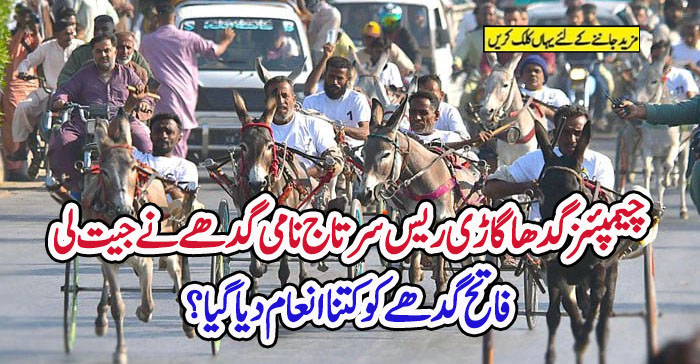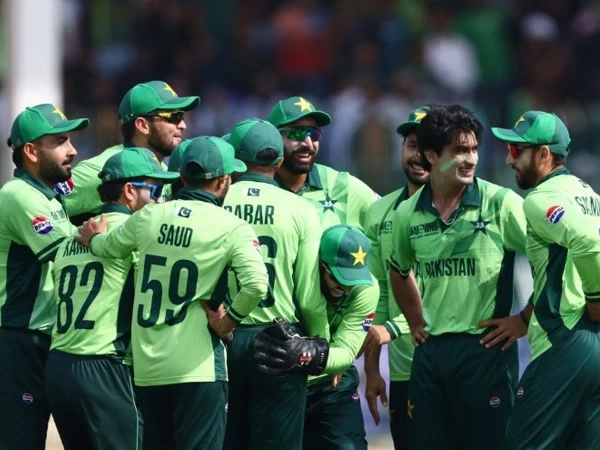نیوزی لینڈ کیخلاف سیریز کے تیسرے ون ڈے انٹرنیشنل میچ میں آل راؤنڈر خوشدل شاہ کے فینز کیساتھ الجھنے...
تازہ ترین
کرکٹ
جنوبی افریقا کے کھلاڑی اچانک آئی پی ایل چھوڑ کر چلے گئے لیکن...
نئی دہلی (ویب ڈیسک) انڈین پریمیئر لیگ میں گجرات ٹائٹنز کی جانب سے کھیلنے والے جنوبی افریقا کے فاسٹ...
فٹ بال
سب سے زیادہ تنخواہ لینے والا کھلاڑی کرسٹیانو رونالڈو ہفتہ وار...
مانچسٹر یونائیٹڈ اور ریال میڈرڈ کا آئیکون دنیا کا سب سے زیادہ معاوضہ لینے والا کھلاڑی ہے لیکن وہ...
ریکارڈز
خوشدل شاہ نے شائقین پر کیوں حملہ کیا، وجہ سامنے آگئی؟
نیوزی لینڈ کیخلاف سیریز کے تیسرے ون ڈے انٹرنیشنل میچ میں آل راؤنڈر خوشدل شاہ کے فینز کیساتھ الجھنے...
سپورٹس
Notable Cricketers Not Picked in PSL 10 Draft
The Pakistan Super League (PSL) 10 players draft, held in Lahore, saw several high-profile...
نیوز
بابر اعظم اور شان مسعود کا انوکھا اور نیا ورلڈ ریکارڈ، جو اور...
جنوبی افریقا کے خلاف سیریز کے دوسرے اور آخری ٹیسٹ میچ میں پاکستانی اوپننگ جوڑی نے وہ کر دیکھایا...
جسپریت بمراہ نے ٹیسٹ کرکٹ میں بھارت کیلئے نئی تاریخ رقم کر دی
بھارتی فاسٹ بولر جسپریت بمراہ نے ٹیسٹ کرکٹ میں بھارت کیلئے نئی تاریخ رقم کر دی۔ یکم جنوری کو آئی سی...
بمراہ اور وقار یونس کا موازنہ: ’عجیب ایکشن والا‘ انڈین بولر جس...
انڈین کرکٹ ٹیم کے فاسٹ بولر جسپریت بمراہ سب سے کم ٹیسٹ میچوں میں 200 وکٹیں لینے والے پہلے انڈین...
آسٹریلیا کے سٹیو سمتھ نے بھارت کیخلاف نیا ریکارڈ بنا دیا
ویب ڈیسک: آسٹریلیا کے تجربہ کار بیٹر سٹیو سمتھ نے بھارت کے خلاف ٹیسٹ میچز میں نیا...
بابراعظم نے ٹیسٹ فارمیٹ میں نیا اعزاز اپنے نام کر لیا
پاکستان ٹیم کے تجربہ کار کھلاڑی بابراعظم کرکٹ کے تینوں فارمیٹ میں 4، 4 ہزار رنز بنا کر دنیا کے...
پاکستانی اوپنر عبد اللہ شفیق نے انوکھا ریکارڈ اپنے نام کرلیا
(ویب ڈیسک ) پاکستانی اوپنر عبداللہ شفیق نے وہ ریکارڈ اپنے نام کیا ہے جسے کوئی بھی کھلاڑی اپنے نام...
بابر اعظم، ویرات کوہلی، ہاشم آملہ کو پیچھے چھوڑ کر ایک اور...
پاکستان کے مایہ بلے باز بابر اعظم ایک اور تاریخی سنگ میل عبور کرنے کے قریب ہیں اور آج جنوبی افریقہ...
سینا ممالک کے خلاف ریکارڈ؛ بابر اعظم نے دھونی کا اہم ترین ریکارڈ...
لاہور(نیوز ڈیسک)جنوبی افریقا کیخلاف سیریز کے دوسرے ون ڈے میں نصف سینچری بنانے والے بابراعظم نے سابق...





